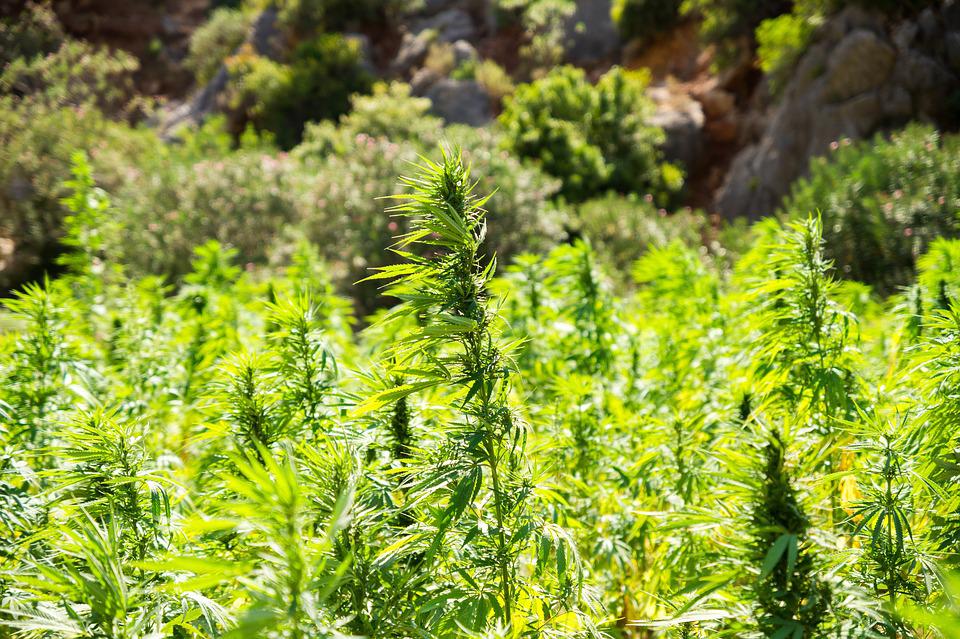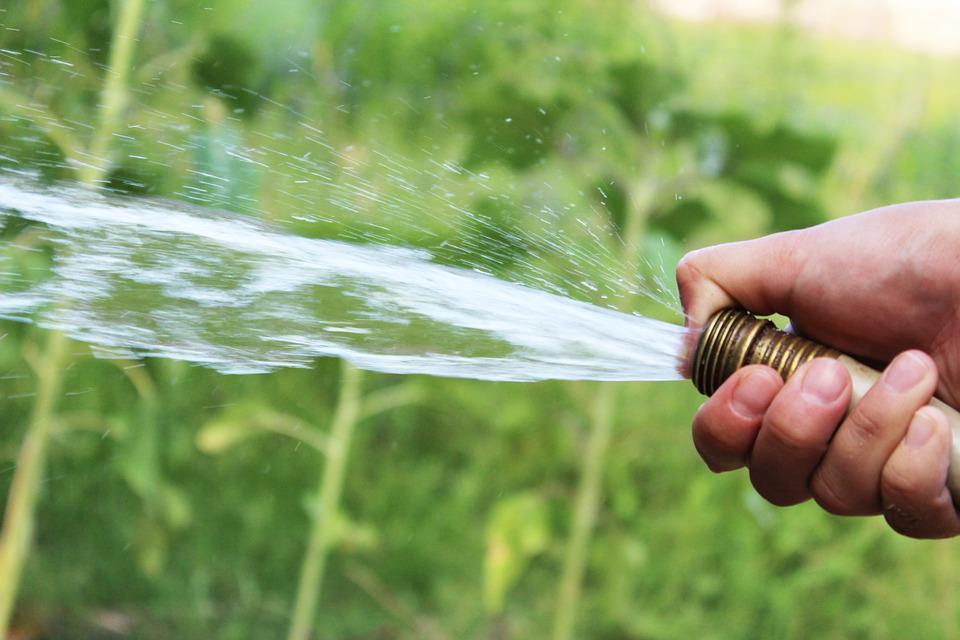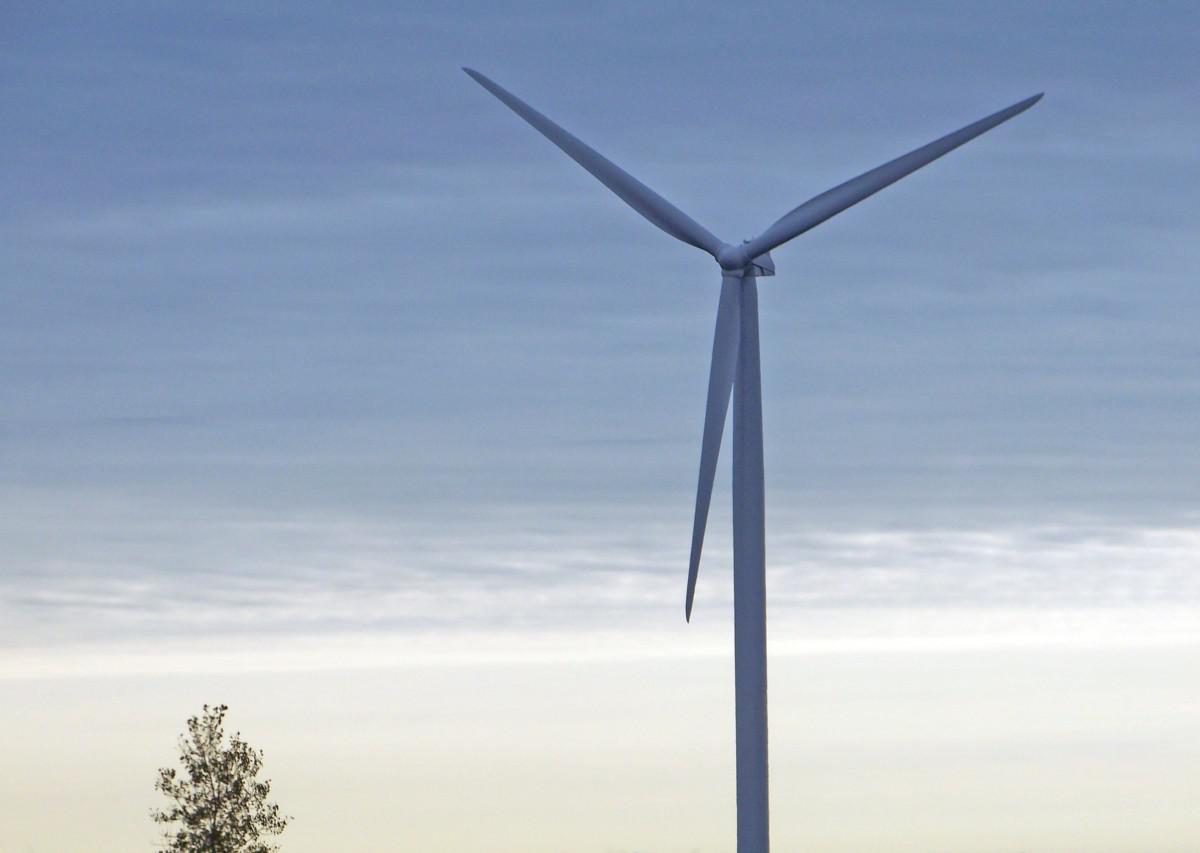After years consuming more than the earth can produce, the reserves are certainly running out. So the time has come to adapt to a new natural environment where more sustainable agriculture practices are used to guarantee the available resources are efficiently employed. Within the cannabis industry, this means better organizing the grows, using renewable energies and even utilizing more eco-friendly infrastructures.

To face the downfall of our environment, sustainable agriculture has become a necessity. It's basically the responsible management of the available resources and the constant improvement of the environmental quality standards, always promoting human security. Without any doubt, an alternative that cannot be overlooked and that needs us all to join forces. And the cannabis industry can significantly contribute to the change. During the last years, the cannabis industry has skyrocketed, with a legal marijuana wave that is sweeping the U.S. and becoming bigger and bigger every day. In 2017, for example, cannabis sales reached almost $9 billion, a figure that is expected to grow to $11 billion in 2018 and to $21 billion in 2021. Such growth obviously affects the environment and so the use of sustainable agriculture practices is necessary to reduce the environmental impact of the cannabis industry. But how? Here are five ways to make the cannabis industry more sustainable from start to finish.
1- Land-use management
Weed is generally grown in indoor facilities. However, the ever-increasing legal cannabis wave is causing many growers to set up their growing space out in the open, making them directly more sustainable. There, plants benefit from natural light without relying on other artificial sources of light that contribute to resource depletion, in most cases. Sometimes, the location of these outdoor gardens is not ideal, though.

Many of them are set up in hard-to-reach remote areas on the lookout for discretion, but this can be detrimental to the land: choosing steep slopes could cause soil erosion, landslides and even impair forest fragmentation. Water use both in indoor and outdoor facilities can threaten certain species as well, according to some U.S. researchers. For example, the lack of water and excessive use of pesticides could affect chinook salmon and steelhead trout in unimaginable ways. Some measures have already been taken. The state of California has, for instance, limited outdoor grows to 1 acre per parcel. So all in all, choosing the perfect spot for growing weed without posing any threats to the environment will contribute to its sustainability as much as the use of durable and versatile materials.
2 – Use water wisely
It's common knowledge that water is one of the most precious things in life and, obviously, cannabis plants also need it to thrive. Each plant is estimated to consume up to 23 L of water per day. In the state of California, for example, where the sun shines almost all year long and regional droughts are quite common, cannabis farms are located near the watersheds.

For this reason, the 4 most important watersheds in the USA supply water to 23,000-32,000 marijuana plants, meaning between 529,000 and 736,000 liters of water are used every day. This spectacular water consumption has been limited not only by law but also by the construction of storage systems that collect water during winter and use it whenever it's necessary. According to experts, growing in soil rather than in hydroponics is better to go green. However, a newly-born gardening practice is determined to beat them both. With aeroponics, cannabis plants are grown by suspending their roots in the air and spraying them with water and nutrients on a regular basis, which obviously requires far less water than traditional agriculture. In fact, aeroponics needs 95 % less water than open-air farming and 40 % less than indoor hydroponics. Some experts even claim aeroponics to be one of the most cost-effective techniques, yielding up to 300 % more green than other growing methods.
3- Watch out for fossil fuels
The pollution caused by the processing and combustion of fossil fuels is one of the biggest issues our environment has to face, and, unfortunately, the cannabis industry contributes to its deterioration. For example, most of the electricity needed to run Denver's indoor facilities (where cannabis is legal since 2012) comes from charcoal, meaning growing in Denver requires more energy per square foot than any other businesses, plus it's more polluting. A solution to this problem would be the use of renewable energies. Generating electricity through solar panels and windmills is imperative for this kind of cannabis-producing areas. The use of reusable materials or, at least, easily-reusable materials would also contribute to the green goal.

4- Use cutting-edge technologies
Despite not being the most environmentally-friendly option, growing indoors could be the only possibility for those living in harsh weather conditions. For them, light is an essential element to obtain high yields, but overusing it could be detrimental to the environment, as is the case with the exhaust fans and ventilators that are heavily used. So, to stay cost-efficient and energy-friendly, we need to use the most cutting-edge technologies, if possible, fueled by renewable energies. Many farmers still use energy-intensive high-pressure sodium lamps (HPS), but we recommend staying up-to-date with the latest LED or LEC systems to make your setup as environmentally-friendly as possible.
5- Reduce your transportation footprint
Being green within the cannabis industry encompasses the whole process, from start to finish. Users won't be able to enjoy the weed 'till it reaches their hands, so, when it comes to sustainability, a number of factors are at play. Yes, it has to get to them in the best possible conditions, but it has to do so leaving as little carbon footprint as possible. The best solution would be to find environmentally-friendly, energy-efficient vehicles: bikes, electric or natural gas-powered delivery vans... Using this kind of vehicles, the green will arrive on time and the environment will not suffer as much.

In the end, the best way to make the cannabis industry more sustainable would be the legalization of the plant. Eco-friendly measures such as growing outdoors to make the most of natural light or having weed delivered by bike would be easier if cannabis was no longer regarded as a harmful but beneficial plant.





Give us your feedback
Your rating (between 1 and 5)
1 2 3 4 5Leave a comment